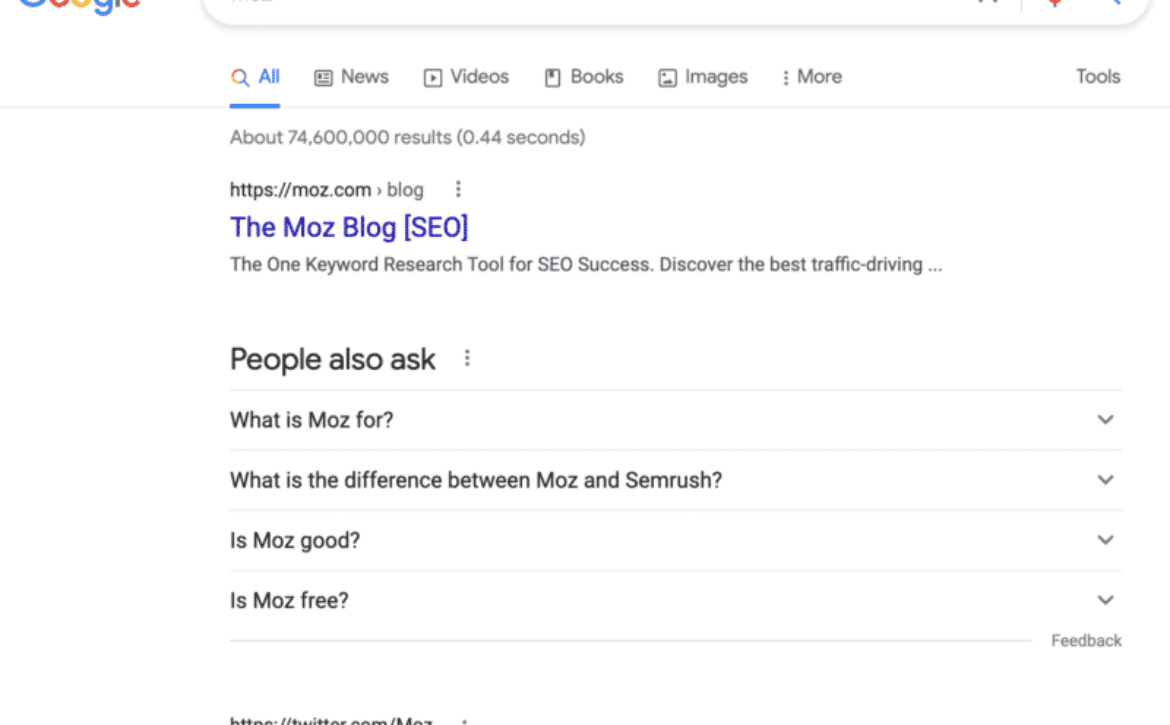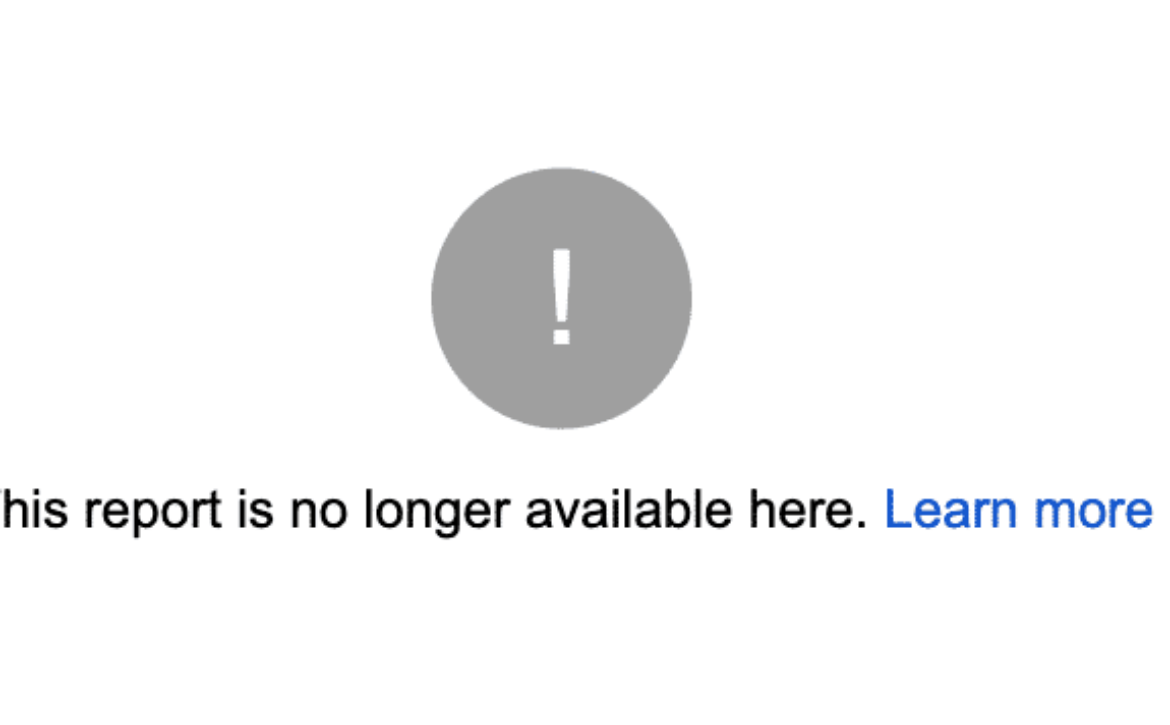How to analyze your SEO competitors and find opportunities
Understanding your competitors can give you tactical insights to help you discover opportunities.
Before competing, athletes spend many hours understanding weaknesses to exploit and finding possible gaps in the playing field.
Your digital marketing should come with the same level of insight and analysis.
Identifying and reviewing your competitors can help you come up with a strong list of potential keywords, find link building opportunities and build your persona profiles.
Starting your competitor analysis
When putting together a competitor analysis, it is important to make sure that your analysis tells you:
- What a competitor is doing.
- How they are doing it.
- What factors they are most excelling at in their SEO strategy.
- What are their gaps.
Using this information, it is possible to create strategies at scale that will help you exceed your competitors and get higher rankings.
The first step is to assess the bigger picture of your competitors. You can start by using Google and typing in the main keywords to see what sites show up in the rankings.
Next, you can use tools to help you drill down into your competitor analysis process.
Identify your competitors
You can use Semrush to give you a starting point to identify your competitors.
In the Organic Research report, click on the Competitors tab.
You can use this as a starting point to figure out who your main competitors are.
Some of the data points that can help you in this research are:
- Competition Level: Analysis of the number of keywords of each domain and the number of the domains’ common keywords. The more keywords the domain share in common, the more likely they are to compete with one another.
- Common Keywords: How many keywords do the domains have in common.
- SE Keywords: How many total keywords each site is ranking for.
- Traffic: Estimated organic traffic.
- Cost: Traffic cost based on CPC data and estimated volume.
- Paid Keywords: How many keywords are being paid for via Google Ads.
Backlink profile analysis
Having identified a list of competitors, the next step is to look at their backlink profile.
- How many unique referring links do they have pointing to them?
- What is the quality of those links?
- What is the link velocity of the links they have acquired?
Understanding their link profiles will help you determine how many backlinks you need to acquire before you are capable of competing for specific keywords.
Analyze your site’s backlinks
In Semrush, go to Backlink Analytics and type in your root domain. You can also add up to four competitors to see backlink metrics side by side.
The overview will give you an idea of how your backlink profile looks compared to others vying to rank for the same keywords.
Pay close attention to the number of referring domains you and your competitors have. To drill down, click on Referring Domains at the top of the report and sort the list by Authority Score.
If your site has many referring domains, all with low Authority Score, your site may not have enough power to rank against competitors with better quality inbound links.
The different reports in the Backlink Analytics feature in Semrush will allow you to learn the total number and types of backlinks, whether the majority is followed or nofollowed, and what types of links they are. Analyzing the anchor text will also help you figure out whether link building work has been done and if those links include keywords in the anchor text.
Your backlink analysis data will help you in upcoming research, as it will help you select keywords that you can realistically rank for.
If, for example, your site has an Authority Score of 25, but your competitors average an Authority Score of 45, you will not be likely to outrank them for root terms. You would have to search for keywords with less volume and where the ranking pages have a lower Authority Score.
Keyword data and content decisions should be closely intertwined with your backlink analysis as it will allow you to select “low-hanging fruit” keywords and realistic ranking targets.
Traffic analytics
The Semrush Traffic Analytics tool gives you traffic estimates for competitors. Whereas Google Analytics will show you how your site performs, traffic analytics can give you estimated traffic data for your competitors.
At a glance, you can compare how your competitors match up when it comes to:
- Visits
- Unique visitors
- Pages / visit
- Average visit duration
- Bounce rate
Additionally, you can see trends over time for each of these categories. You’ll see if competitors have recently lost traffic or have made dramatic progress during a specific time period.
There are a myriad other data points and reports that could help you deepen your understanding of your competitors, such as top pages, traffic sources and traffic journeys.
Keyword research
Keyword Research is one of the oldest and most undervalued skills in SEO. Choosing the right keywords can mean the difference between success and failure in SEO.
Keyword research is not sexy, but it is necessary, foundational work to be done properly. Let’s go over a step-by-step process for keyword research.
Think in terms of “Keyword Sets”
Ideally, you should group your keywords into Keyword Sets. Start with a “seed keyword,” then look for long-tail variants of that keyword.
For example, if your primary keyword is “Real Estate Auction,” some of the sets you could use include:
Then you could move to another keyword set and also get variants for that term.
Examples of other seed sets include:
- Online foreclosure auctions
- Home auctions
- Online property auctions
Once you have these in place, you can go deeper and deeper using secondary keywords, questions, and other variants.
Look for long-tail keywords
You can use Semrush’s Keyword Magic tool to obtain these seed sets. Type in the seed sets you’ve uncovered, and Semrush will give you a list of possible keywords.
You can group these using the match types:
As you find keywords that you would like to rank for and track, use the checkmark and add them to your “Keyword Manager” list.
Assess the competition level
Next, you need to assess the viability of ranking for the keywords you chose. Ranking for your seed keywords can be your end goal, but you have to select keywords that you can realistically rank for based on your site’s current authority score. If you choose keywords that are too competitive, you’ll never see positive results for your SEO efforts.
Most keyword research tools use a metric for Keyword Difficulty. You’ll want to identify keywords that have good volume but low KD. What that level is varies based on your site’s age, structure, backlink profile and much more.
Find keyword gaps
You can expand your keyword list by doing a keyword gap analysis. There might be keywords you never thought about that competitors are ranking for.
To perform keyword gap analysis, go to the Keyword Gap report, type the top competitors into the top bar, and click on compare:
There is a list of keywords that you and your competitors are ranking for in the table below. You’ll see which keywords are shared between all competitors, which ones they are ranking for but your site isn’t, which keywords you rank for but not at the top, and more.
Review these keywords, and if there are keywords that seem relevant, you can add them to your keyword manager list.
Compile your final keyword list
The final step is to collect all of your keyword data into the Keyword Manager. You can segment your lists or create one large list with all of your keywords.
By adding keywords from the keyword magic research, keyword gap analysis, competitor research and baseline assessment, you’ll have a comprehensive list of keywords to work with.
Make sure you click on the “Update Metrics” to get current, accurate data on the volume, competitiveness, and Keyword Difficulty of each of the terms on your list.
Using competitor data to craft your strategy
At this stage, you’ll have a comprehensive understanding of who you’re up against in the SERPs. You’ll know which competitors have the strongest link profiles, what keywords you can target and have various data points about potential opportunities that your competitors have overlooked.
The data you have accumulated can help you build your final target keyword list and prepare you for the next stage, which includes understanding your target audience and building persona profiles.
The post How to analyze your SEO competitors and find opportunities appeared first on Search Engine Land.










